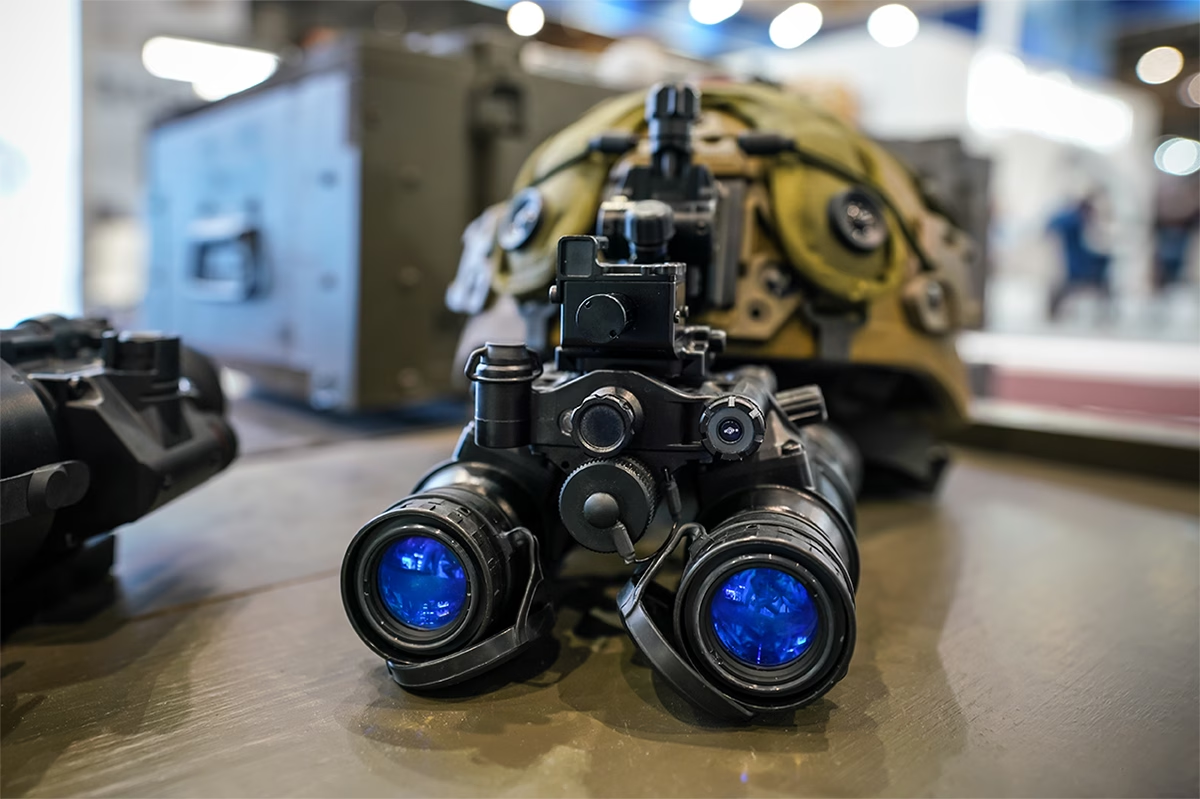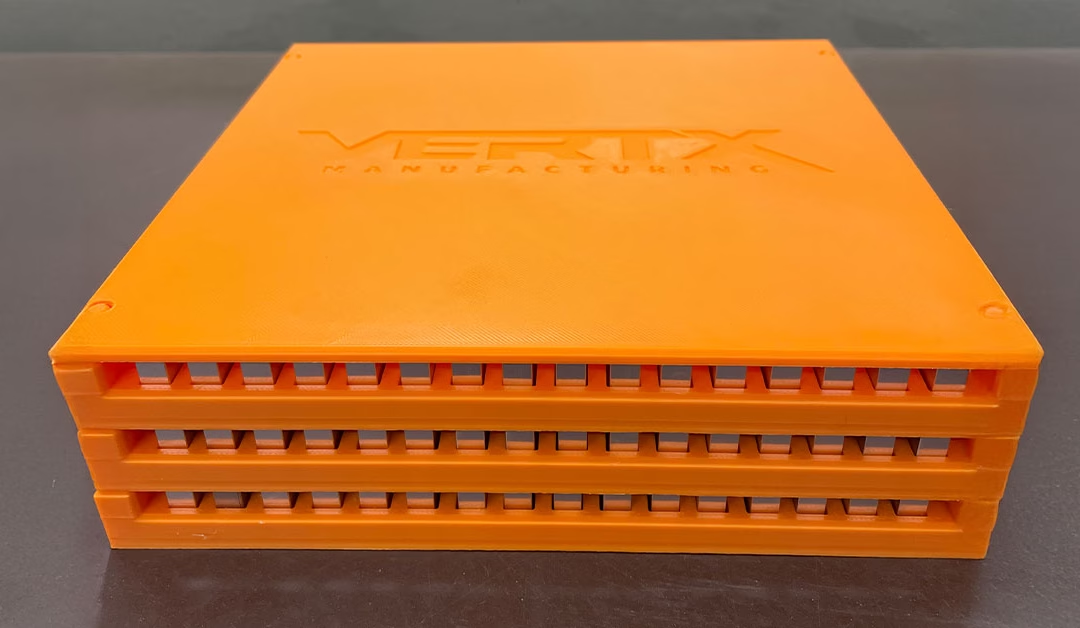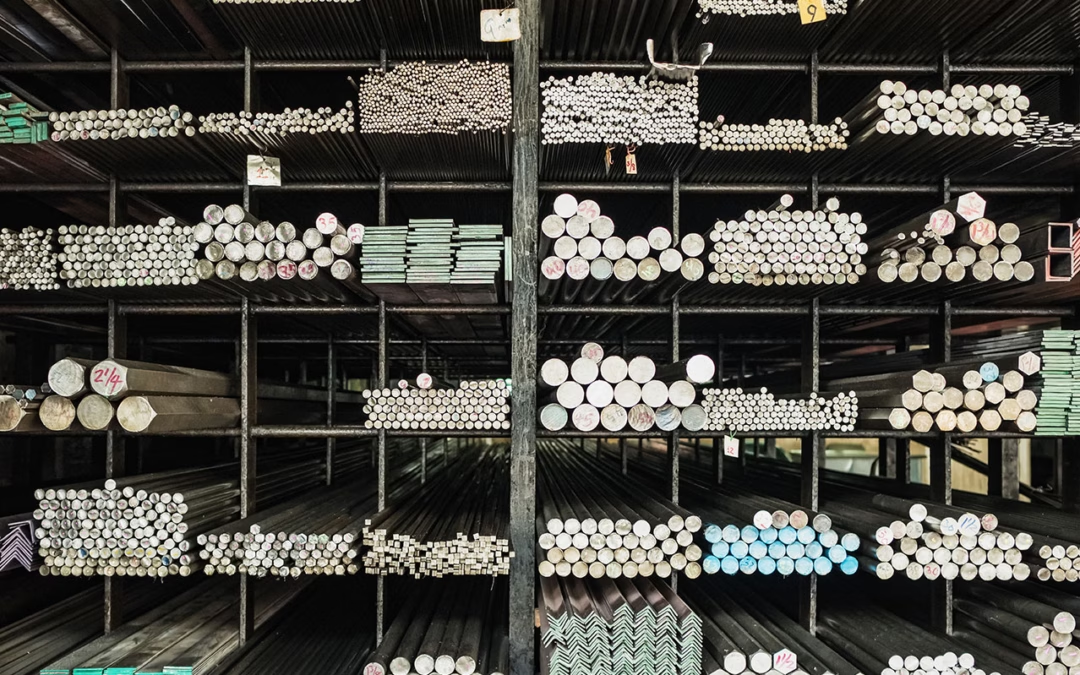As optical components become more intricate and complex, precision machining has reached new levels of sophistication. While traditional methods like grinding and polishing have long been used for spherical optics, they often fall short in achieving the dimensional accuracy needed for more advanced optical components. In these cases, multi-axis machining and high-precision metrology are essential to ensure the highest quality standards.
Advanced Manufacturing for Optical Components
Achieving ultra-tight tolerances in aspherical and microstructured optical components requires specialized cutting processes. By utilizing diamond-cutting tools on ultraprecise CNC machines, manufacturers can achieve superior surface finishes and maintain exacting tolerances. These advanced manufacturing methods are crucial for producing both optical components and the molds used in their production.
In this article, we will explore various ultraprecise machining techniques, their applications, and key factors to consider when choosing a precision machining partner.
Ultraprecise Machining Techniques for Optical Components
Precision machining with diamond cutting tools enables the fabrication of highly complex micro-optical components. This technology allows manufacturers to achieve surface qualities at the sub-micron level, making it ideal for freeform surfaces and intricate 3D structures. To achieve these results, manufacturers must leverage specialized multi-axis machining techniques tailored for high-precision optical applications.

Key Considerations in Optical Machining
Two crucial factors that determine the quality of machined optical components are the sharpness and roundness of the cutting tool. Advanced tool geometries, including diamond micro-endmills and ball-endmills, are essential for achieving the necessary precision. By utilizing a stable CNC machine, a compact tool holder, and optimized fixturing, manufacturers can ensure superior form accuracy and surface quality.
Precision Machining Methods for Optical Components
Single Point Diamond Turning
Single point diamond turning is a preferred method for producing rotationally symmetrical optical components. This technique enables high cutting speeds and exceptional surface finishes, achieving roughness values as low as Ra < 5 nanometers. To maintain sub-micron accuracy, expert engineers carefully calculate tool radius and compensation values throughout the machining process.
Milling and Fly-Cutting
For complex freeform optical components, CNC milling is a powerful solution. With the capability to machine intricate geometries, milling is ideal for applications such as camera lenses and automotive lighting prototypes. Multi-axis machining—especially with multi-axis capabilities—enhances precision and enables the production of high-quality optical surfaces. Key tooling options include ball-endmills for freeform surfaces and fly-cutting tools for planar surfaces, such as laser mirrors and reflective structures.
Expanding Precision Machining to Optical Assemblies and Housings
Beyond individual optical components, precision machining plays a critical role in manufacturing optical assembly components and housings. These elements require the same high level of accuracy to ensure proper alignment, stability, and functionality in optical systems. CNC machining enables the production of precision housings, mounting structures, and enclosures that protect and support delicate optical components while maintaining strict dimensional tolerances.
Advanced multi-axis machining techniques allow for the creation of intricate optical assemblies that integrate lenses, mirrors, prisms, and filters seamlessly. By leveraging precision machining for both optical components and their supporting structures, manufacturers can achieve superior performance and reliability across various applications.
The Growing Importance of Precision Machining
The demand for optical components in consumer electronics, automotive applications, and industrial technologies is at an all-time high. From smartphone camera lenses to laser printer scanning mirrors, precision machining plays a critical role in enabling cost-effective production and improved performance.
For example, replacing traditional camera lenses with single freeform mirrors can significantly reduce manufacturing costs while improving compactness. Similarly, precision machining allows for enhanced laser printer performance by achieving shorter wavelengths and higher print resolutions.
Choosing the Right Machining Partner
When selecting a precision machining provider for optical components, several factors should be considered:
- The ability to machine large components with effective split and bond solutions.
- Advanced multi-axis CNC machining capabilities to handle intricate part geometries.
- Surface finish standards meeting Ra 0.2 micrometers with tolerances as tight as ±0.025 millimeters.
- Expertise in post-processing techniques such as mirror polishing to ensure optimal surface quality.
Partner with Experts in Optical Precision Machining
At VertX Manufacturing, we specialize in ultraprecise CNC machining solutions for the optical industry. Our advanced multi-axis machining capabilities, expert craftsmanship, and commitment to quality ensure that your optical components, assemblies, and housings meet the highest industry standards.
Looking for a reliable partner for your optical machining needs? Contact us today to discuss your project and experience the precision difference!




